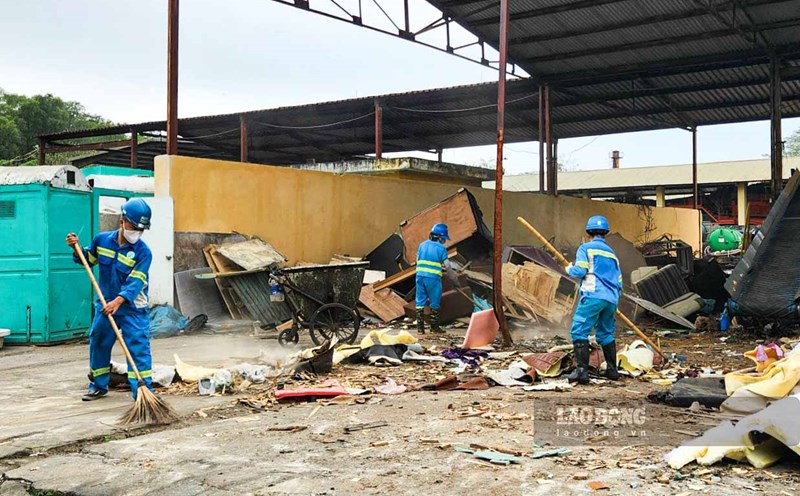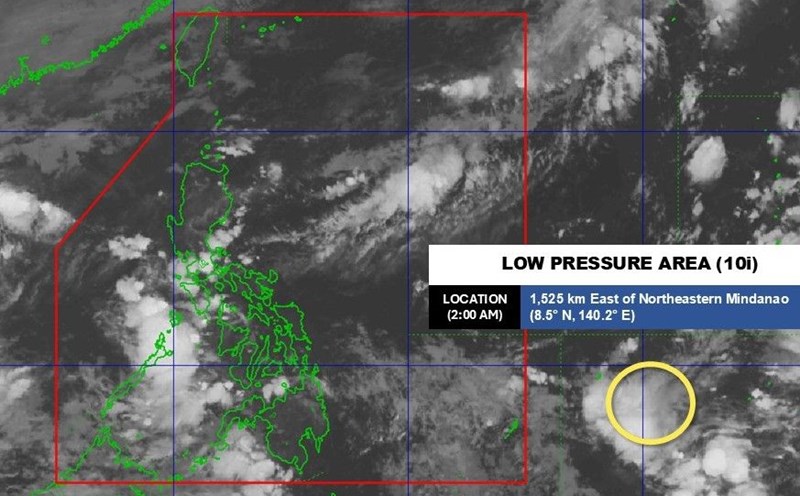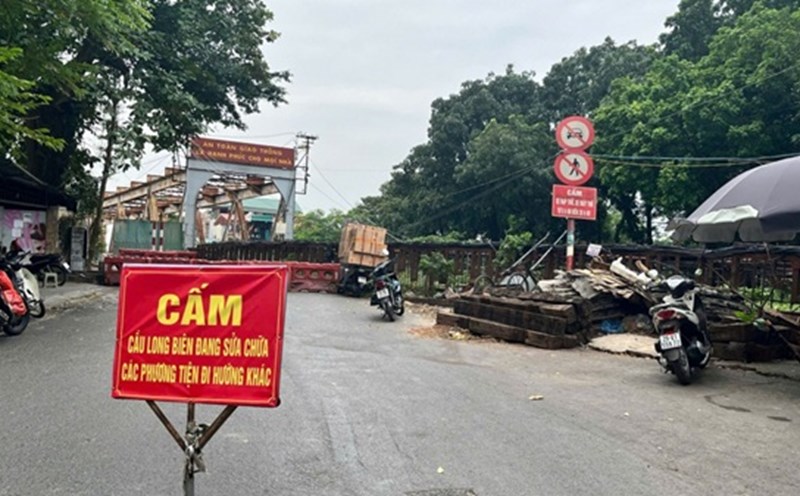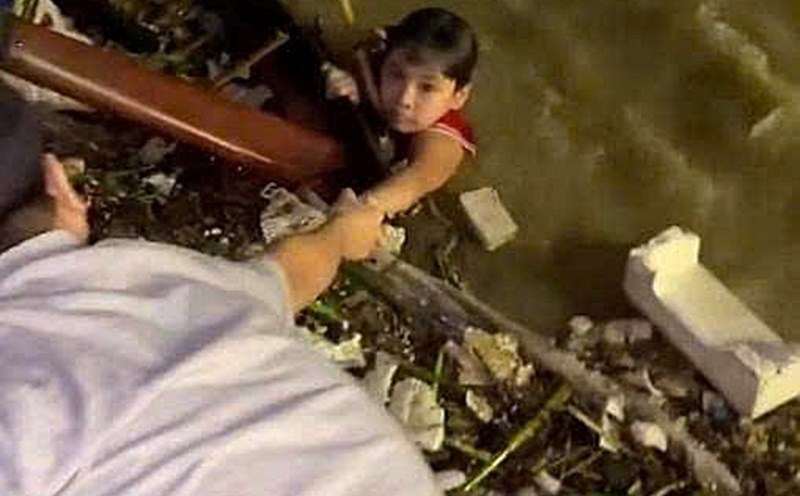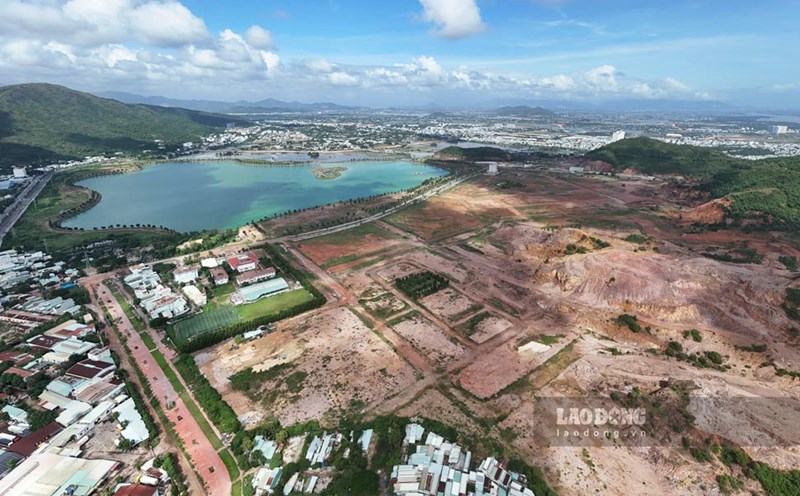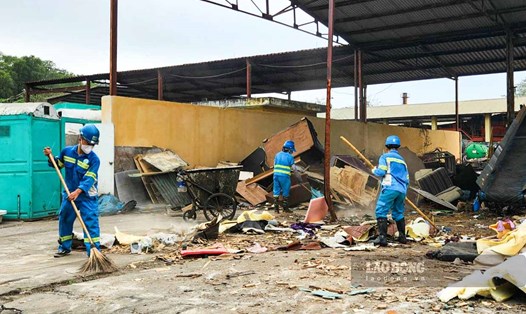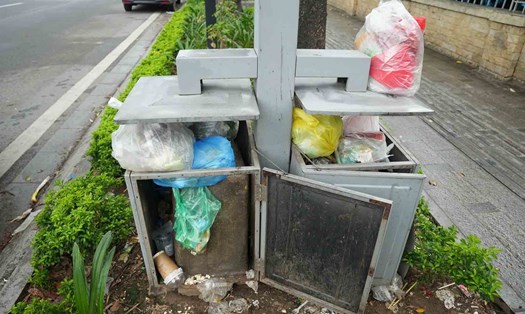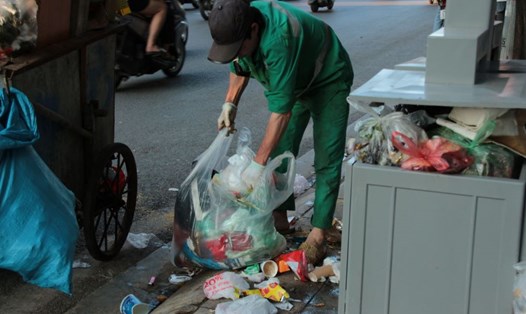In reality, after being installed, many trash bins do not have a specific management unit, and regular maintenance is almost left unused. When the battery is broken, the electronic board is turned off, the trash can is damaged - no one is responsible for repairing it. Along with that, people's awareness of classifying and discarding waste in accordance with regulations has not yet clearly formed.
On roads such as Nguyen Chi Thanh, Duy Tan, Cau Giay, Tran Duy Hung...many technology trash bins invested with a cost of hundreds of billions of VND have no longer been effective.Some bins were tightly closed, garbage was thrown right next to them; in some places, the trash bins were knocked back, tilted, or severely damaged.Although designed into two compartments for classifying recyclable and non-recyclable waste, in reality, the waste is still thrown around - from nylon bags, branches to used clothes, broken electronic devices.
Some people even reported that the technology trash can be placed right at the bus stop on Nguyen Trai Street, giving off an unpleasant stench.In many locations, people are forced to throw garbage at the foot of the bins because the doors are blocked or the bins are full.The image of garbage strewn everywhere and smelling right at the foot of the "technology trash can" made people feel indignant.
Part of the reason lies in propaganda work: While advanced cities consider waste classification as a mandatory way of life, in Hanoi, the majority of people still do not have the habit of separating recyclable waste and common waste. The placement of technology trash bins but not in parallel with awareness education and post-classification processing process makes the model ineffective and causes waste.
The design of many trash bins is not suitable for actual conditions: Small size, heavy lid, easy to damage, no roof, so when it rains heavily, the trash is wet, odorful and spills onto the road.
In order for the technology trash can model not to become a symbol of waste, Hanoi needs to soon have a synchronous solution both technically and humanally. First, it is necessary to review and re-number all existing technology trash bins, classify the status to have a maintenance or replacement plan. For areas that are no longer suitable, relocate or install a type of container with a larger capacity, easier to use and cleaner.
The city should clearly assign responsibilities to urban infrastructure management units or environmental sanitation enterprises, ensuring regular collection, maintenance and inspection. Advertising contracts on trash bins need to be restructured to allocate maintenance costs, avoiding the situation of "after investing, then forfeiting".
The important thing is that in parallel with technology, the human factor needs to be focused on. It is necessary to promote communication and community education campaigns on waste classification at source - starting from schools, residential areas, and office agencies. Setting up a two-compartment trash can only make sense when people understand and voluntarily do it.
Technology cannot replace awareness and a "smart" trash can be meaningless if humans do not act "smartly" with it. Hanoi is moving towards the image of a "green - clean - livable city", but to achieve that, each technology trash can needs to be "revived" from the responsibility of the entire government, operator and people.

